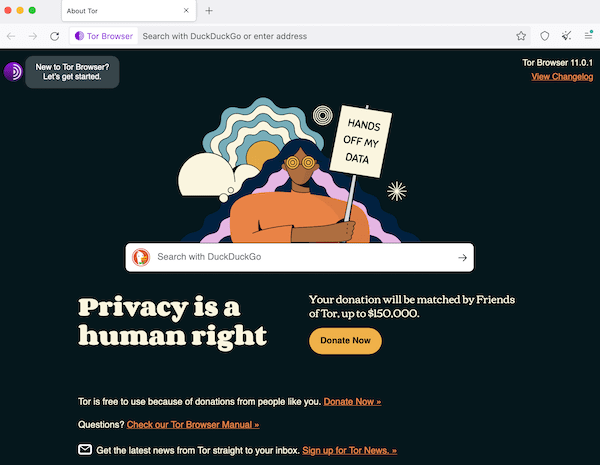If you’re a newbie, or wish to learn what the Deep Web is? and/or how to access it safely, we’ve compiled a complete guide for the same.
Security Points for Beginner Deep Web Users
- Setup your secure deep web access network, For help, check out how to access the deep web guide.
- Unplug your webcam or cover webcam with black tape.
- Generate a second identity (Virtual Identity for Deep Web) that you can use them all over the dark web
- Don’t use any personal information for your second identity like the real name, address, mobile no, date of birth or etc.
- Always use anonymous email service for account creation. Recommendation: only use emails that offer client-end encryption or decryption. We are using protonmail.com both are trusted email services and mostly users prefer both of these.
- When accessing the deep web, close all other programs or software that are running on your system.
Security Points for Intermediate or Advanced Deep Web Users
- Always check for Updates on the Tor Browser, be quick to get the updates installed as soon as they’re available.
- Check the Tor browser’s “Javascript Enable or Disable” status. Recommended: always stop javascript when you are accessing any deep web sites. But in some cases, many sites only able to access in javascript enable environment, my suggestion doesn’t use that type onion links, find other alternative onion links.
- Before access any new onion links, you should use “New Identity” or “New Tor Circuit” setting New Identity: Ctrl+Shift+U New Tor Circuit for This Site: Ctrl+Shift+L
- If 2FA (2 Factor Authentication) is being offered by any onion site or dark web marketplaces, make sure you use it. Most dark web markets allow PGP authentication If you are not aware of PGP and want to know more then check out PGP Guide for beginner users.
- Only access the deep web on trusted devices, don’t use any other person’s laptop or desktop to access the Deep web.
